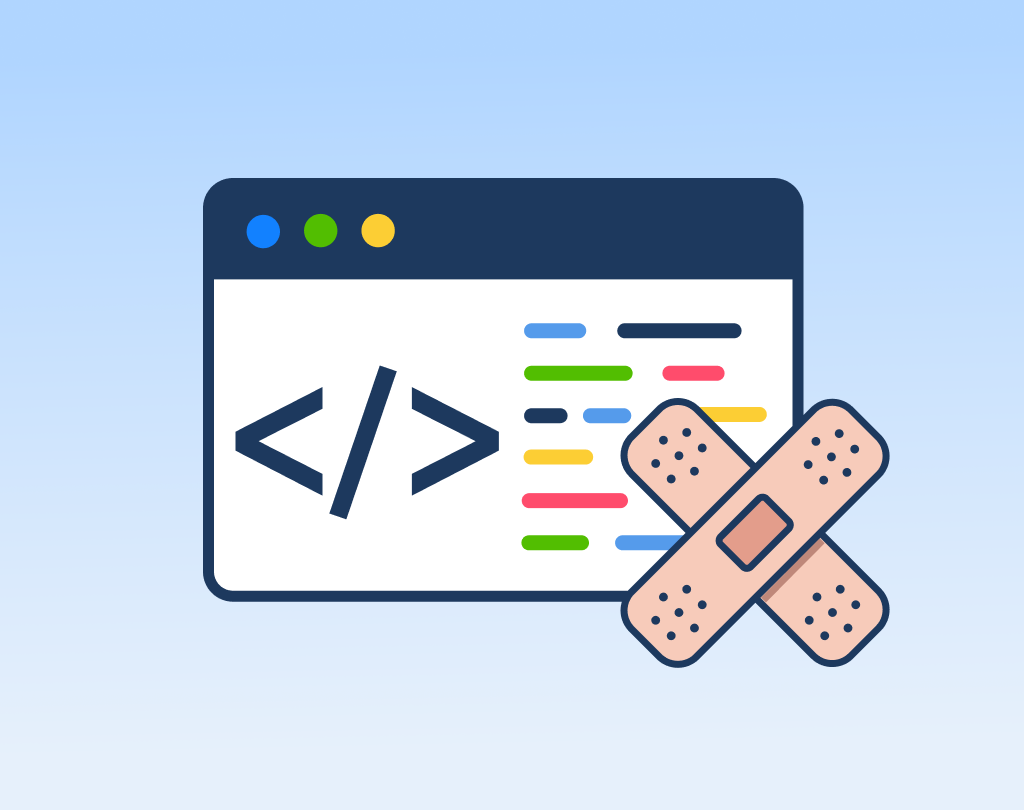The intriguing journey of self-healing code, a paradigm shift in software development. Imagine a world where code can fix itself, errors are swiftly resolved, and software applications run seamlessly without human intervention. This captivating concept, known as self-healing code, has been making waves in the realm of software development. While it holds immense promise, it also sparks a debate: Is it a revolutionary solution or a risky venture? Let’s delve into the pros and cons of self-healing code and allow you, the readers, to determine its fate.
At its core, self-healing code combines the power of automation, artificial intelligence (AI), and machine learning (ML) algorithms to detect and resolve issues in software applications. It continuously monitors the system, searching for anomalies, errors, or vulnerabilities. By learning from past incidents, it becomes adept at identifying patterns and predicting potential issues before they arise. When anomalies are detected, the self-healing code takes action, automatically applying fixes or initiating recovery processes.
On one hand, proponents of self-healing code hail its ability to enhance software reliability and efficiency. It reduces human effort by automating solutions to common problems, allowing developers to focus on more creative and complex tasks. The integration of generative AI opens up new possibilities for code creation, maintenance, and improvement. Moreover, companies like Google have already implemented this technology to expedite code review processes, leading to substantial time savings and increased productivity.
However, skeptics raise valid concerns about the quality and security of code generated by AI. As large language models (LLMs) gain the capability to produce vast amounts of code, the challenge of ensuring its reliability becomes paramount. Technical debt, a long-standing issue in software engineering, could be exacerbated by the accumulation of shoddy code generated by machines. Rethinking methodologies and establishing software engineering best practices are crucial to prevent the negative consequences of relying solely on AI-generated code.
The question of striking the right balance emerges. Can self-healing code coexist harmoniously with human developers? It’s clear that human expertise and critical thinking remain invaluable. While AI can suggest improvements and aid in code reviews, human involvement is essential to thoroughly evaluate the suggestions, ensuring accuracy, security, and performance. Collaboration between humans and AI, with humans guiding the AI’s output, holds the potential for a harmonious and productive relationship.
The journey towards self-healing code is already underway. Companies like Google are actively leveraging this technology to streamline their software development processes. AI agents assist in resolving code review comments, suggesting edits and improvements, reducing the burden on developers. Experiments are being conducted to automate error fixes in live production code, where AI plays a role in detecting failures and initiating remedial actions.
Moreover, the advent of self-healing code opens up opportunities for code optimization and technical debt reduction. AI agents can analyze existing codebases, identify areas for improvement, and suggest changes aligned with best practices. The iterative nature of this process, where humans review and refine AI suggestions, paves the way for enhanced code quality and efficiency.
As the possibilities of self-healing code unfold, the responsibility lies with developers and organizations to navigate its implementation judiciously. While it offers convenience and potential productivity gains, a cautious approach is necessary to ensure the integrity and security of software systems. Vigilance, code review, and maintaining a human-in-the-loop approach remain paramount to avoid unforeseen pitfalls.
Self-healing code has the potential to revolutionize software development by automating error detection and resolution. Its merits and drawbacks invite a thought-provoking discussion. Will it be a beneficial tool, enhancing software reliability and developer productivity? Or will it introduce new risks and challenges? The answer lies in striking a delicate balance between human expertise and the power of AI. Or is it?

